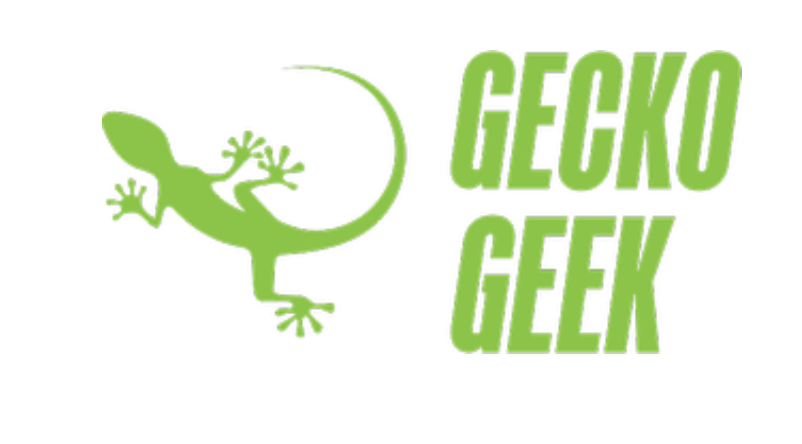A German giant beard dragon is known differently to a regular bearded dragon, for example people call them a “morph”, this is known as a reptile that is specifically bred by breeders creating a specific “look” in the bearded dragon. When larger lizards/reptiles are bred together, the offspring often show changes such as them being larger than the parents, within German giant bearded dragons, the offspring’s from the parents can be 50% larger than standard bearded dragons.
They come In variety of different and gorgeous colours . It is known to easily identify the dragons when they are fully grown into adults as they look very similar to normal bearded dragons as babies. They all grow at their own pace and obtain weight at different rate, it is necessary to check on the German giant dragon weight progress, a healthy and mature bearded dragon shouldn’t weigh less than 250 grams, many of the captive bearded dragons are suffering from obesity making them weigh too much and possibly coming lazy.
What is the lifespan of a German Giant Bearded dragon?
They tend to have quite a long life span compared to majorities of the captive bearded dragons, they can live up to 8-12 years and only 8 if they aren’t properly taken care of by their captive owners, this is because they aren’t giving good enough food or giving them the right treatment that they need. Life in the wild tends to be more difficult for the dragons as they could be exposed to harsher conditions or threats which can impact their life span to around five to eight years in the wild.
What size are they?
Compared to stand bearded dragon, German giant bearded dragons are known to be much larger. German giant bearded dragons as hatchlings ate known to be three to twenty-one inches and adults, they can grow up to 25 inches to 35 inches. They can weight anything up to 850 to 1000 grams whiles normal bearded dragons are known to be a lot smaller.
Where do they come from in the wild?
The German giant bearded dragons originate in Australia and thrive in an environment similar to its native climate.
How to care for a German Giant bearded dragon?
German giant bearded dragons need a specific habitat, they require proper environment similar to their natural homes to keep them healthy. When buying a bearded dragon you will need to start out with a 50 gallons tank, that depends on how big your German giant bearded dragon is already, they will also need a screen for the tank, therefore the reptile doesn’t climb out of their home. In order to keep the lizard warm and comfortable you will need a heat lamp and a thermometer to keep track of the temperature in your bearded dragon’s habitat you have made for them.
The bearded dragon will also need a hygrometer to measure the humidity level inside the habitat, the habit will require a substrate however make sure you maintain one with enough moisture. If you want to make you German giant bearded dragon more at home, you can add some plants, branches and anything you like to make you bearded dragon more at home.
On a regular basis you must clean the Lizard’s habitat, by doing so make sure your bearded dragon is placed in a safe place where you know they won’t escape, after ensuring the German giant safety, wipe down the habitat with warm, soapy water, rising thoroughly and making sure everything is removed before cleaning. The best flooring for them is a mix of sand and fine gravel as it makes them feel more at home.
What do they eat?
In order to stay healthy and happy the dragons need the right food for them. They should only be given vegetables and fruit occasionally to stay happy and healthy, they mostly eat vegetables and fruit but they will have to have food with protein occasionally, fruit and vegetables are meant to be the smallest part of the German giant’s diet. Nutrient is obtained by the food and water that they eat. Your bearded dragon will also need a source of protein which consists of you buying live insects and looking after them until your lizard is ready to eat them. With giant bearded dragons they need to be feed more than normal bearded dragon but not more often. They only need to eat once a day, the babies will need to eat more regularly than the juveniles and adults, they require clean water every day, the babies are need to be fed to four to five times a day as this is the stage they are in their rapid growing stage, they require adequate amounts of protein and dietary fats for growth and healthy life.
Common health problems to look out for
German Giant bearded dragons can suffer from health problems such as; Kidney disease, Parasites, Nutritional disorders, Respiratory infections, Stress & anxiety and Shedding problems. Always attend regular vet check ups and take your vets advice regarding the health of your pet.
If you enjoyed this article you might also like to read about:


3 thoughts on “What is a German Giant Bearded dragon?”